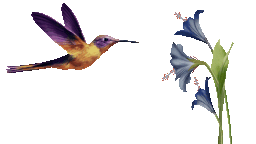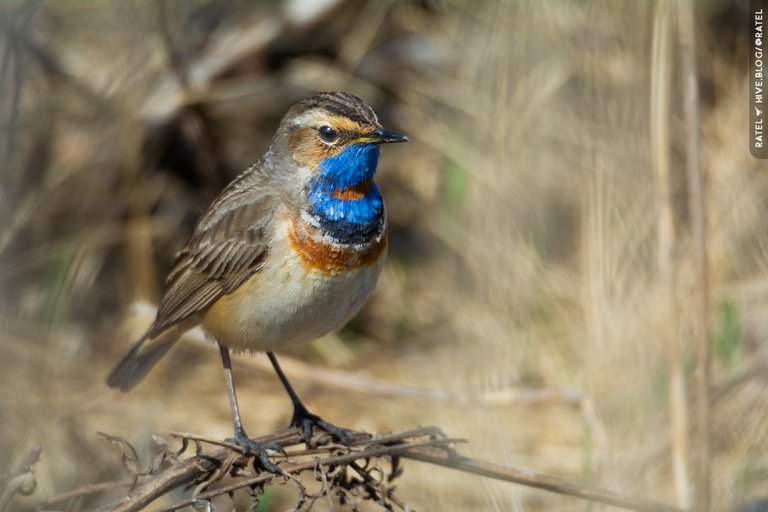
🦉 The bluethroat (Luscinia svecica)
- Luscinia (lat.) Nightingale
- svecica suecicus (lat.) Swedish; the name svecica, according to the history of the description, is not a toponym, but is given for the color of the male's chest:
Olof Rudbeck junior, Swedish botanist and birdwatcher, mentor to Carl Linnaeus, having discovered the bluethroat in 1695 in Lapland, he gave it the name Avis Carolina in honor of the Swedish king Charles XI and the blue-yellow Swedish flag (in those days the yellow color on the flag was more reddish), and K. Linnaeus in 1758, when the absolute power of the monarchy in Sweden was no longer, considered the name svecica more correct than carolina (Jobling, 2010)
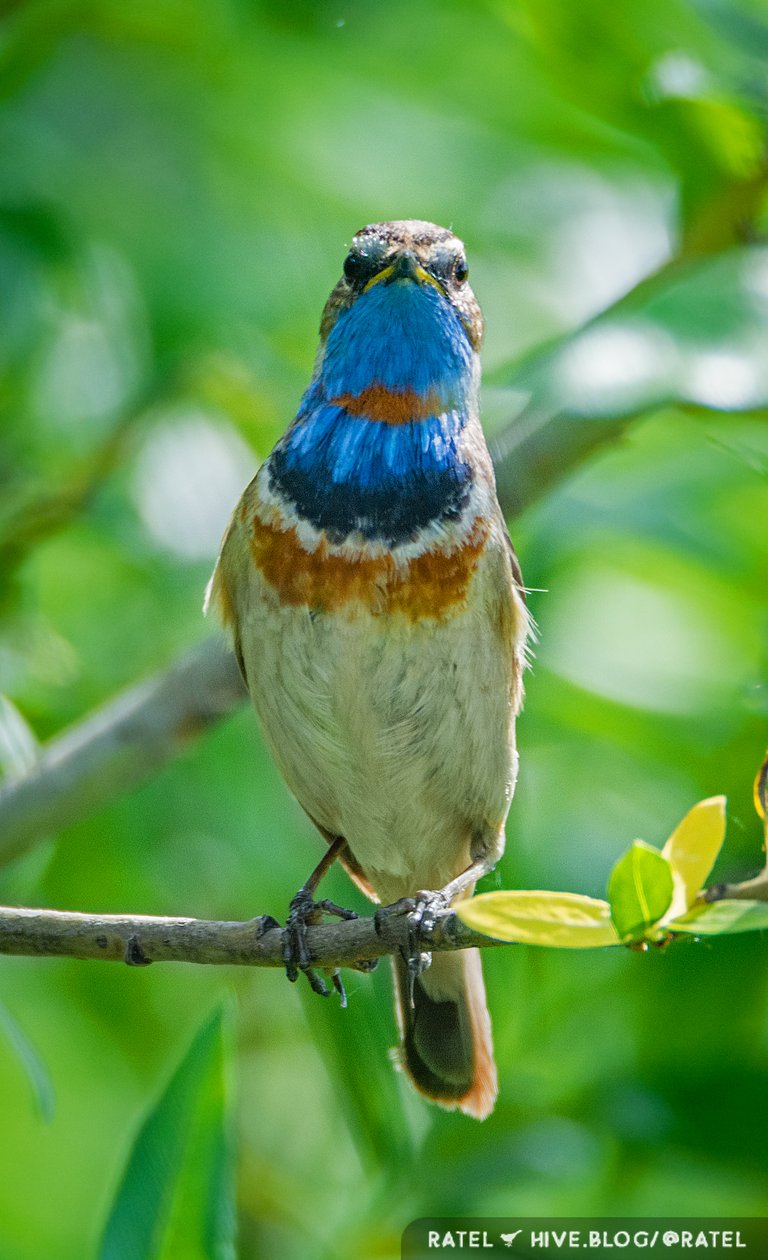
These beautiful, colorful nightingales can imitate the voices of other birds, so to find out what birds are in the area, just listen to its song.
Usually when I meet these guys they sing with the voices of tits, warblers and terns. They live in my city not far from the river, on both sides. On one bank there is a large bush area along the bank, and on the other side of the river there are meadows where bushes also grow.
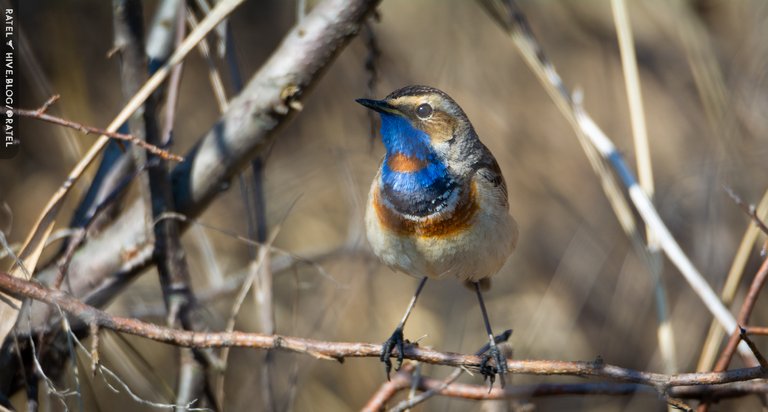
In summer I almost never meet these birds, they probably live very quietly and secretly. Last year I saw a female of these birds for the first time, purely by chance. Therefore, even their flight for the winter is unnoticeable.
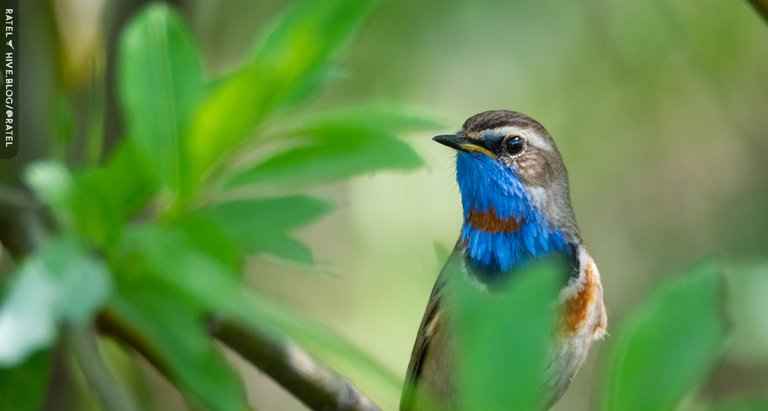
| Camera | Lens |
|---|---|
| Nikon D5200 | Tamron SP AF 150-600mm f/5-6.3 Di VC USD |
